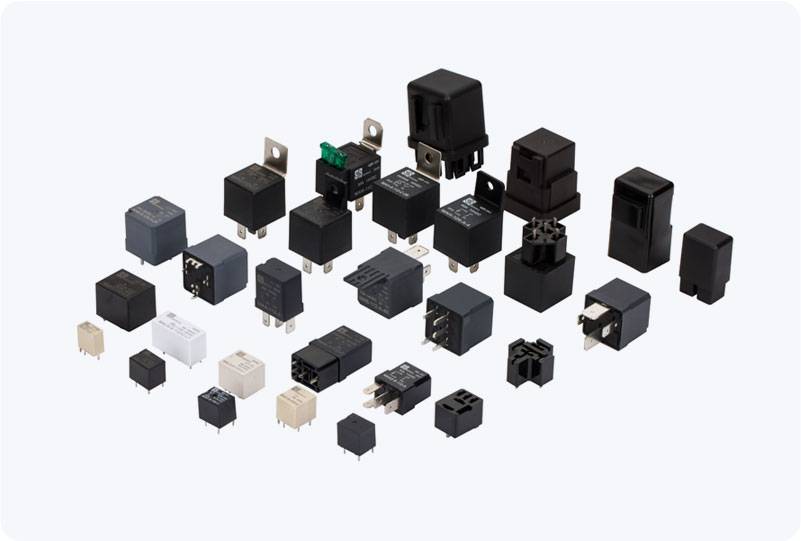understanding the role of supercharger relay in electric vehicle charging systems
Release time:2025-08-24 03:24:56
As electric vehicles (EVs) become increasingly popular, the infrastructure that supports them, including charging stations, is evolving rapidly. One crucial component of this infrastructure is the Supercharger Relay, a key player in ensuring the safety and efficiency of high-powered charging systems like Tesla’s Supercharger network. This article aims to explore the significance of the Supercharger Relay, how it operates, and its role in maintaining the reliability of EV charging stations.

The Importance of Charging Infrastructure
Electric vehicles depend on a reliable and efficient charging infrastructure to ensure their widespread adoption. Unlike traditional internal combustion engine vehicles that can refuel in minutes, EVs require a charging process that can take anywhere from a few minutes to several hours, depending on the type of charger used. This makes the infrastructure surrounding EV charging critical in delivering a smooth and fast user experience.
Superchargers, particularly Tesla’s Supercharger network, are designed to charge electric vehicles rapidly, offering power levels far exceeding those of standard home chargers. However, such high-powered charging systems come with a range of technical challenges, including the need for precise electrical control, thermal management, and overcurrent protection. This is where components like the Supercharger Relay come into play.

